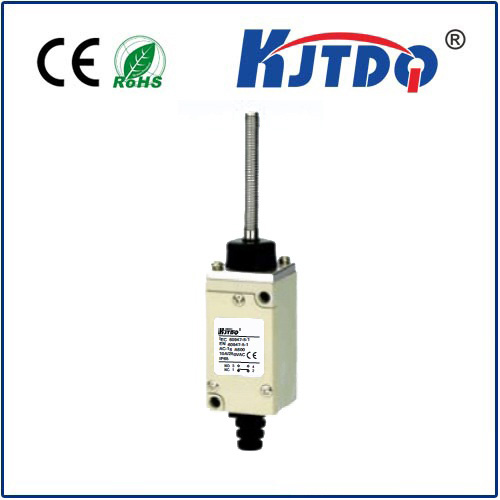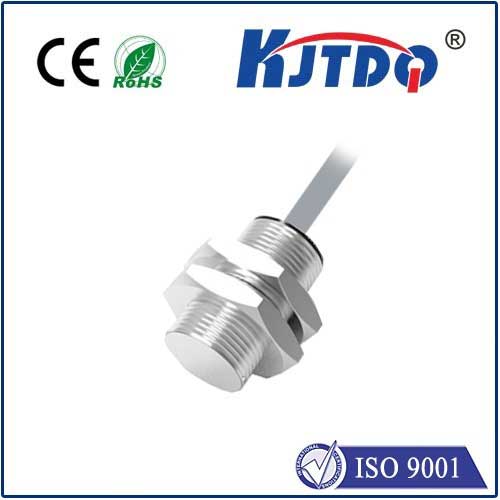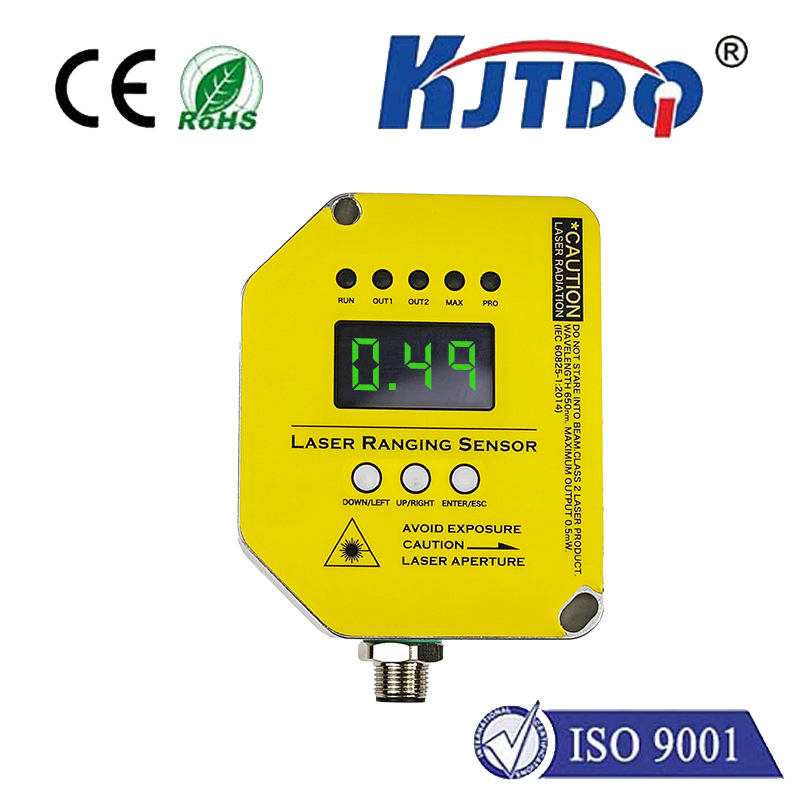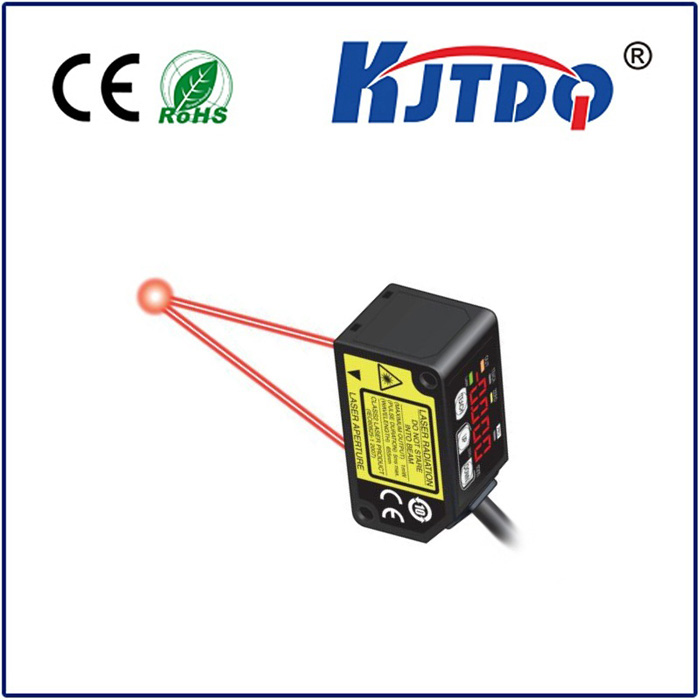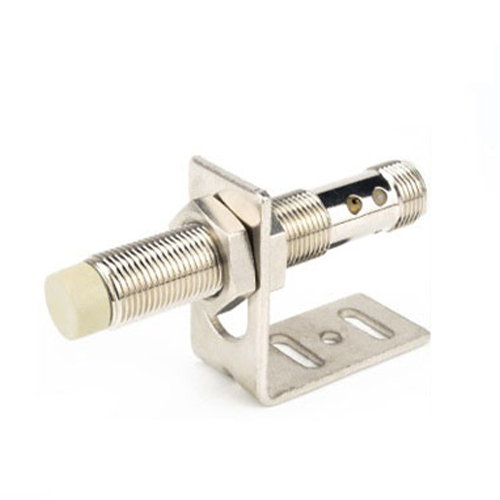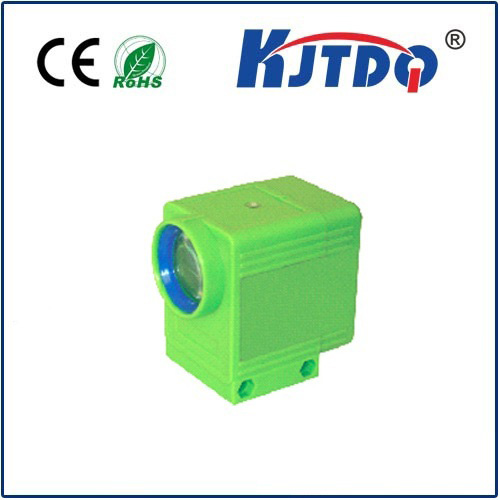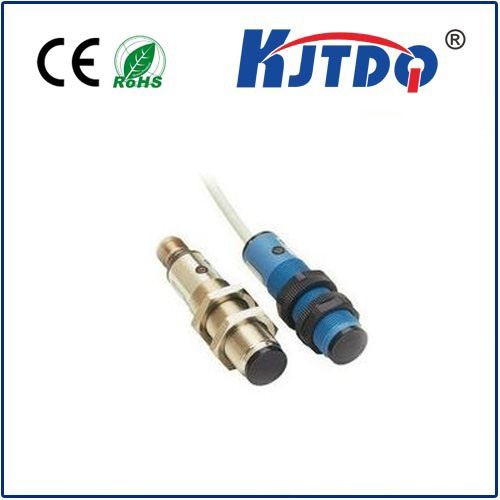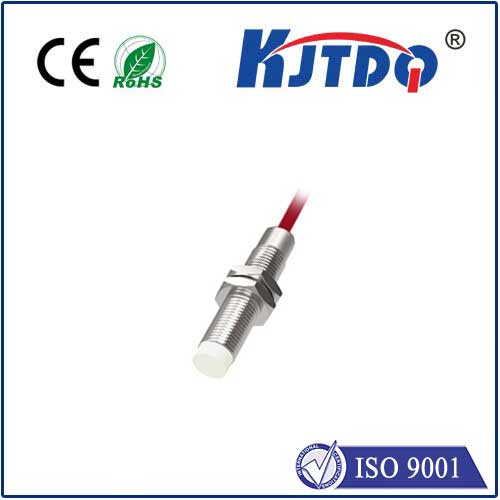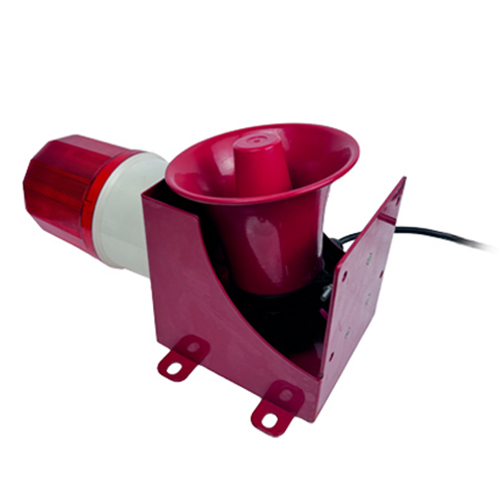Imagine a world where machines operate seamlessly, components align perfectly, and critical processes halt instantly upon detection - not by human intervention, but by an unseen, silent sentinel. This is the reality enabled by the M18 inductive proximity sensor, a ubiquitous and remarkably reliable workhorse within the vast landscape of industrial automation. Offering robust, non-contact metal detection in a compact, standardized form factor, the M18 sensor has become an indispensable component for countless applications demanding precision, durability, and unwavering performance.
At its core, an inductive proximity sensor like the M18 operates on a fundamental principle of physics: electromagnetic induction. The sensor head contains an oscillator circuit generating a high-frequency electromagnetic field. When a metallic object enters this active sensing field, eddy currents are induced on the surface of the metal. This draws energy from the oscillator circuit, causing its amplitude to decrease. An internal evaluation circuit meticulously monitors this oscillation change. Once the amplitude drops below a predefined threshold – corresponding to the sensor entering its specified sensing range (Sn) – the sensor triggers a solid-state output switch (like an NPN or PNP transistor). Crucially, this detection occurs without any physical contact, eliminating wear and tear and enabling incredibly high-speed operation.
The “M18” designation refers to the sensor’s standardized 18mm cylindrical threaded barrel housing. This specific form factor offers an ideal balance between sensing capabilities, physical robustness, and ease of installation. Its compact size allows it to fit into tight spaces common on machinery and production lines, while its threaded body facilitates simple mounting into compatible nuts or pre-drilled holes. Furthermore, the M18 sensors adhere to common industry standards, ensuring compatibility with a wide range of mounting accessories and sensing applications. This universality significantly simplifies sourcing, inventory management, and integration for engineers and maintenance teams.
Key Advantages of M18 Inductive Proximity Sensors
Robustness & Longevity: Engineered for the demanding industrial environment, M18 sensors boast exceptional resilience. They feature sturdy metallic or polymer housings designed to withstand vibration, shock, and incidental impacts. Critically, many models offer high IP ratings (like IP67 or IP69K), signifying excellent resistance to dust ingress and protection against powerful water jets or even temporary immersion. This makes them perfectly suited for harsh factory floors, machining centers, washdown areas, and outdoor applications.

Non-Contact Operation: The fundamental advantage is the absence of mechanical wear. Unlike mechanical limit switches, there are no moving parts to wear out or fail due to repeated actuation. This translates directly to dramatically extended service life, reduced maintenance costs, and enhanced system reliability. Their ability to detect ferrous and non-ferrous metals (depending on the specific sensor variant) without touching the target is invaluable for precise positioning and high-speed counting.
High Switching Frequencies & Accuracy: Modern M18 inductive sensors are incredibly fast. They can operate at switching frequencies exceeding 1 kHz (1000 times per second), enabling the detection of small or rapidly moving parts, such as locating bolt heads on a rotating assembly line or verifying the position of a high-speed pneumatic cylinder rod. Operating frequencies (typically ranging from 100 kHz to 1 MHz) determine the depth of the generated field and influence performance with different metals and mounting conditions. Sensors like those from leading manufacturers (e.g., Siemens, Omron, Pepperl+Fuchs) offer precise specifications for optimal selection.
Shielding Designs for Tight Spaces: M18 sensors are commonly available in both shielded (flush-mountable) and unshielded (non-flush) designs. Shielded variants concentrate their electromagnetic field towards the sensing face. This allows them to be mounted flush within metal surfaces without causing false triggers from the surrounding metal, offering significant flexibility in compact machine designs. Unshielded types provide a longer sensing range but require clearance from surrounding metal to prevent interference during mounting.
Versatility in Outputs & Configurations: To integrate seamlessly into diverse control systems, M18 sensors offer various output types:
Where the M18 Shines: Diverse Industrial Applications
The combination of size, reliability, and performance ensures the M18 inductive sensor finds use across nearly every industrial sector:
Choosing the Right M18 Sensor
Selecting the optimal M18 sensor involves considering several crucial factors:
In Conclusion: The Unseen Guardian of Automation
The M18 inductive proximity sensor is far more than just a standard component; it represents a cornerstone of modern industrial reliability and efficiency. Its proven non-contact detection method, packaged in a robust, easily deployable M18 form factor, delivers consistent performance in the most demanding settings. By providing critical position and presence data with exceptional speed and robustness, these sensors empower automation systems to function with precision, safety, and uptime that were once unimaginable. Whether ensuring a robotic arm picks up the correct part, confirming critical safety interlocks are engaged, or counting thousands of items per hour, the M18 inductive proximity sensor remains an indispensable and highly reliable solution.
